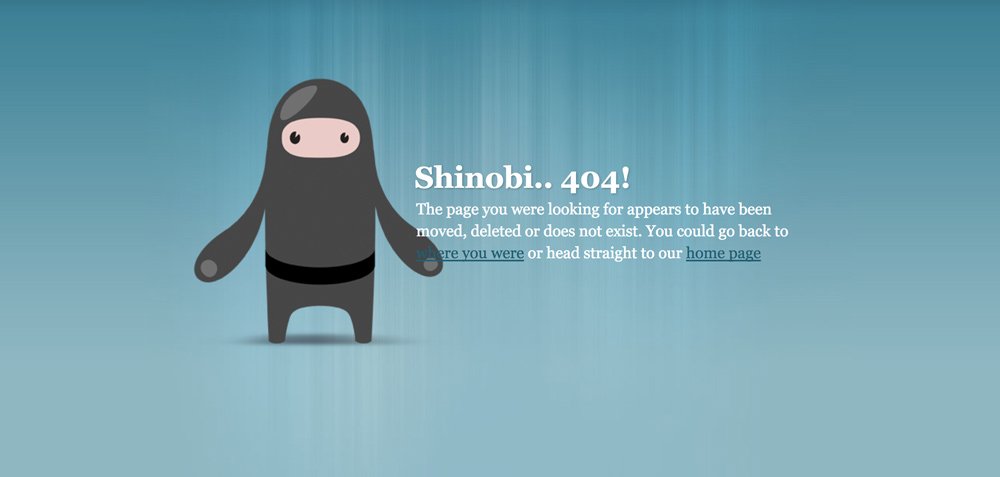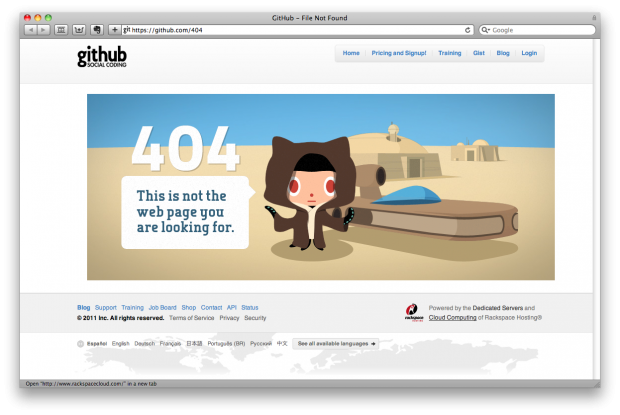
github.io and accessible at (unless a custom domain is configured). In most ways the two are identical, but there are differences in how and where they are published.Įvery GitHub account is entitled to a single user/organization site, located in a repository called. There are two kinds of GitHub Pages sites: user/organization sites, and project sites. Check for these common issues: Publishing source and published URL See below for more information about these two options.įor all those coming to this topic later with a similar issue, below are some common situations where we see 404 Not Found errors. In this case your user site repository would have to be named. However, to activate your user site, you must name your repository in a very exact way. For the user site, your URL would just be.

We frequently see confusion around naming Pages repositories, because you can also have one user site on your account. Your URL for project sites will always be. That is a mouthful, so I would recommend if you want a project site for this page, to name the repository something shorter. If your repository is karenLee57/-hangman, then the URL for your page is. What are you waiting for? Start building your site today.Hello It does look like and were on the right track. When activating the page hosting service in the Amazon S3 configuration you will need to define a redirect rule for when a 404 error occurs: The only thing that should be taken care of is to ensure that the name of the 404 file in the theme configuration is left as the default 404.html. The 404 page will be displayed in the event that there are no other files. These hosts generally do not need any additional configuration simply having a 404.html file is enough. htaccess file on your server before syncing Publii to it, then the existing file will be replaced by the new one generated by Publii. htaccess Editor option to open the editor. htaccess editor built into Publii after opening Publii, click on the Tools section in the left menu then click on the. If your website files are located somewhere other than the main folder of your FTP then you will need to modify the path to the 404.html file to point to the website folder, such as: ErrorDocument 404 /name/folder/404.html The 404.html part of this line may differ depending on the name of the page set in the renderer section of the configuration file mentioned earlier. htaccess file: ErrorDocument 404 /404.html Let's look at the configuration for each type in turn: Apache servers (synchronizing via FTP, FTPS, SFTP)įor most standard servers the following line should be added to the. The configuration of the 404 page depends on where the page is stored, and the type of hosting that is being used.

URLs section (Settings) offers option to define the name of the file containing the 404 error page which will be rendered when generating the website. The create404page option is used to enable or disable error pages by default this is set to false in new Publii sites. In the renderer section is one and in the URLs (Settings) the second option that you can configure for your error pages.

Note: Once the 404 page is enabled a new file called 404.hbs will be created, which contains the content for the 404 page. In the theme configuration file (config.json) there is a renderer section here we can see whether a theme has 404 pages enabled and what the files will be named.
404 GITHUB PAGES UPDATE
Though earlier Publii betas did not include 404 pages, the July update introduced built-in support for 404 pages in all of the themes included with the standard Publii package. With an error page, you can not only let users know that something has gone wrong, but also redirect them to alternative resources to encourage them to keep browsing your site. 404 error pages are an important element of any site even if a site is well-managed there's always the chance that someone will mistype a link, or change a page URL without cleaning up the associated links.


 0 kommentar(er)
0 kommentar(er)
